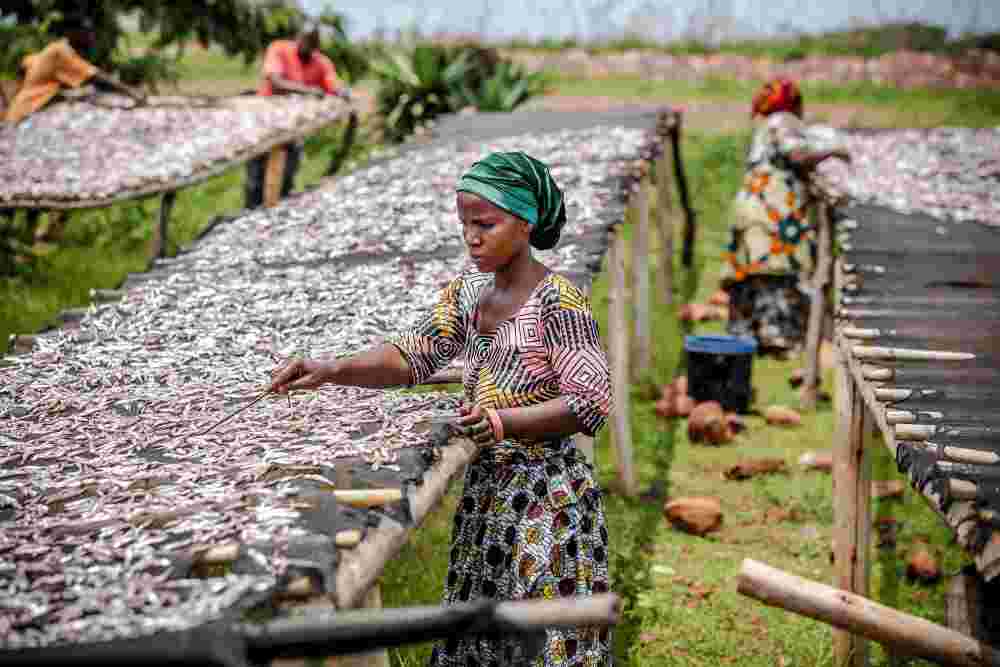Empowering Women in Small-Scale Fisheries for Sustainable Food Systems (2020-2021)
Malawi, 2020 - 2021
Get Microdata
Reference ID
MWI_2020-2021_EWSFSFS_v01_EN_M_v01_A_OCS
Producer(s)
Nicole Franz, Lena Westlund, Molly Ahern
Collections
Metadata
Created on
Feb 06, 2023
Last modified
Mar 10, 2023
Page views
68498
Downloads
797
1.6.4 And as a following question: What are the benefits and challenges with these facilities? (x1_6_4_and_as_a_following_qu)
Data file: data_anon_kii
Overview
Valid:
10
Type:
Discrete
Width:
255
Range:
-
Format:
character
Questions and instructions
Categories
| Value | Category | Cases | |
|---|---|---|---|
| - Consumers were not consulted as such fish processors do not use them as they claim that it cooks the fish instead of drying it. - The management of the structure was left in the hands of people who were not ready to take charge of it. - There was | 1 |
10%
|
|
| - Main benefit is that SSF women are able to control loss of fish. However the challenge is that they are not modern methods of drying fish. | 1 |
10%
|
|
| - Prevent loss and smart way of drying fish. - Maintains nutrition content of the fish. - However, it is expensive and requires regular replacement of plastic paper when it has been damaged by sun. | 1 |
10%
|
|
| - Prevent loss and smart way of drying fish. - Prevent loss of nutrition content of the fish. - It is expensive and requires regular replacement of plastic paper when damaged by sun. - Mindset change by fisheries groups is difficult in using modern | 1 |
10%
|
|
| - They are smart way of drying fish and works better even during rain season. - They are expensive to maintain - Lack of ownership | 1 |
10%
|
|
| - They prevent loss of fish. However the challenge is that most of the facilities provided did not follow proper consultation with local communities and currently not being used. | 1 |
10%
|
|
| - Locally available and easy to maintain. - Ownership is a challenge since most of these items are provided for a group. | 1 |
10%
|
|
| - They reduce losses, - Promote quality products, - Protect ecosystem. However, they are expensive and require investment. | 1 |
10%
|
|
| 1. Benefits - The facilities are more efficient in drying small fish and producing quality fish products which have a long shelf life and fetches high prices on the market. - These facilities are critical in meeting the matching issues of harmonizin | 1 |
10%
|
|
| Most of these practices are eco-friendly and considers climate change implications. However they are new, some are being piloted and tested with huge costs limitations for SSF | 1 |
10%
|
Warning: these figures indicate the number of cases found in the data file. They cannot be interpreted as summary statistics of the population of interest.
